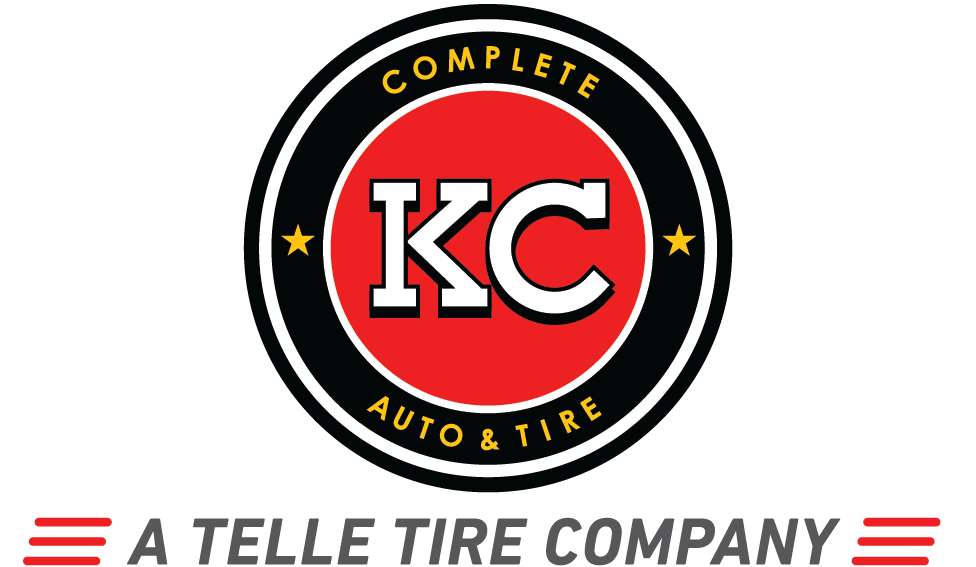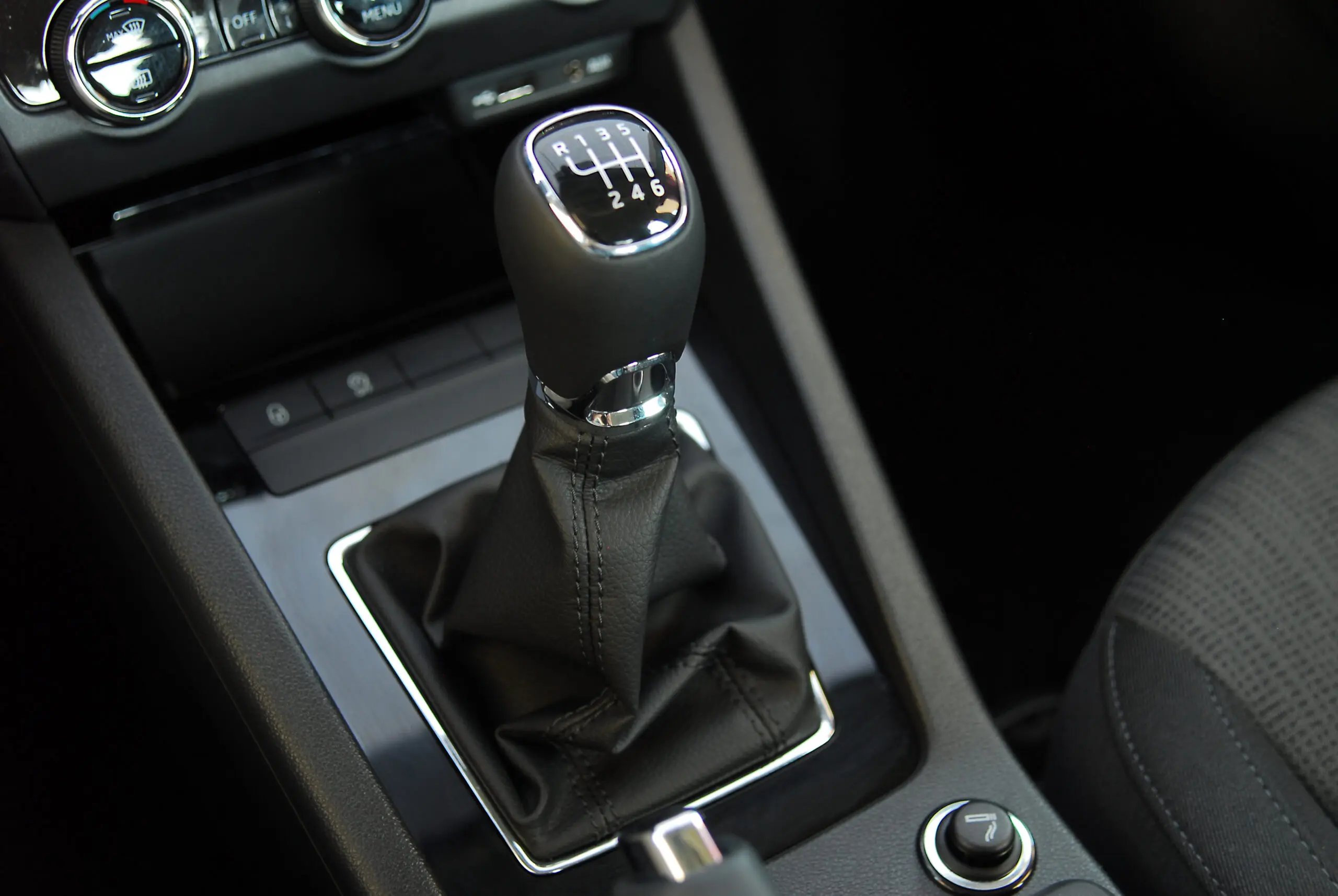What is a Manual Transmission?
For anyone researching vehicles or shopping for one, chances are you’ve come across the option of choosing an automatic or manual transmission. Essentially, you’re in charge of shifting gears (manual), or you let the car do the shifting for you (automatic). Although choosing a manual transmission or stick shift is becoming a seemingly less popular option for daily drivers, it has kept hold of a niche audience of automotive enthusiasts to remain resilient in the marketplace.
How a Manual Transmission Works
Manual transmissions, also known as “stick shifts” or standard transmissions, require the driver to manually change gears with a shift lever directly connected to the transmission as they accelerate and decelerate the vehicle. In addition to the stick shift, manual transmissions require a clutch pedal located just left of the brake pedal. When operating a manual clutch pedal, a mechanism between the engine and transmission is disengaged, which cuts the power between them so you can change gears.
How to Shift a Manual
To change gears, the driver must press down on the clutch pedal, move the shifter to the desired gear, and then release the clutch to connect the power between the engine and transmission. Smooth shifting takes some coordination and practice – engaging the clutch pedal too fast could cause the engine to stall, but engaging it too slowly could result in premature transmission wear.
Whether a vehicle is equipped with a four-, five-, or six-speed transmission, the way they work is generally the same, regardless of the number of gears.
Technical Outline of a Manual Transmission
Three forks are controlled by three rods engaged by the shift lever, which has a rotation point in the middle. When the knob is pushed forward to engage first gear, the driver is pulling the rod and fork for first gear back. When the shifter is moved left and right, different forks and collars are engaged, and then moving the knob forward and backward moves the collar to engage with one of the gears.
The reverse gear is handled by a single small idler gear positioned and turned in a way that makes it impossible to throw the transmission into reverse while moving forward.
Modern vehicles equipped with manual transmissions typically utilize synchronizers, or “synchros,” to eliminate double-clutching by allowing the collar and gear to make frictional contact before the teeth of the gears make contact. This allows the collar and gear to synchronize their speeds before the teeth need to engage, making the transition between gears smoother.
Manual Transmission vs. Automatic
Does a transmission affect gas mileage? Is one transmission more expensive to maintain or repair than the other? How does an automatic change gears if you’re not manually performing the action? If you find yourself stuck deciding between a vehicle with a manual or automatic transmission, you first must understand how they’re different and what benefits or challenges each may pose. Let’s explore these questions and more to compare each type of transmission:
Pros of a Manual Transmission
Despite the transmission’s loss in popularity, some benefits of a manual transmission could draw interest from car buyers. Some of the positives of driving a stick shift:
- Better gas mileage: With greater control over how the car drives, those with a manual transmission can lower their gas consumption. On average, a manual transmission can outperform an automatic by 3-4 miles per gallon.
- Easier to maintain: Due to a lack of moving parts, they’re generally easier to maintain than automatic transmission. Maintenance requirements are also lower, and they don’t require the same type of oil.
- Less expensive than the same car with an automatic transmission: Because manual transmissions are generally less costly than automated gearboxes, buyers can purchase a manual vehicle for nearly $1,000 less than the same make and model with an automatic.
- Better resale value for certain vehicles: Depending on the make and model of the car, buyers may seek out a manual transmission over an automatic. This is particularly true for sports and performance vehicles as it enhances their drivability.
Cons of a Manual Transmission
While some vehicles are simply “more fun to drive” due to the performance aspect and control, manual transmission does have its drawbacks that need to be considered. Some of the negatives and challenges are important to consider:
- Requires more concentration: Paying attention while driving is always important, but a manual requires a bit more careful thought. A stick shift can be a more challenging experience for those not great at multitasking. It is also not a viable option for those who lack the physical ability to operate the clutch while driving. They can also be tiresome when driving in heavy traffic.
- Less popular, less available: Manual gearboxes are getting harder to find, meaning fewer manual transmissions are being manufactured. Those looking to sell their manual vehicle may also have a more difficult time as fewer buyers are looking for a stick shift.
- Longer to learn: Driving a manual isn’t always easy, and becoming comfortable with it takes some time. There’s generally a steep learning curve, and drivers must be able to practice precise control in difficult areas such as hills to avoid stalling or rolling back into other vehicles.
Pros of an Automatic Transmission
An automatic transmission is the more popular choice for several reasons, including:
- Easier to drive in traffic: There’s no need to worry about manually shifting in stop-and-go traffic, meaning less chance of stalling.
- Popular option: Chances are, any vehicle you are looking at comes in an automatic, especially at higher trim levels. Because most drivers desire them, they’re much easier to sell in the future.
- Some provide the best of both worlds: An automatic transmission with optional manual control allows drivers to shift as desired or let the car do it for them.
Cons of an Automatic Transmission
An automatic transmission does come with some potential drawbacks, though. These potential negatives drivers may face include:
- More expensive: If the same make and model of a vehicle comes available in a manual transmission, the automatic version is typically around $1,000 more expensive than the manual option.
- Higher repair costs: Automatic transmissions have more moving parts than manual, so if repairs are necessary, they can be more expensive.
Less Maintenance Requirements for Manual Transmissions
Maintaining an automatic transmission is usually quite involved, requiring a fluid flush performed by machinery as part of the preventative maintenance. However, in comparison, a manual transmission is much simpler.
Manual transmissions utilize a variety of oils, often referred to as gear oil. These oils include regular motor oil, heavyweight hypoid gear oil, and, in some cases, automatic transmission fluid. Be sure to refer to your owner’s manual for what your transmission requires.
Most manufacturers recommend changing manual transmission fluid every 30,000 to 60,000 miles. If you frequently use the vehicle for heavy-duty towing or drive in stop-and-go traffic, you may need to change the fluid every 15,000 miles to avoid losing sufficient lubrication for the gears, bearings, shafts, and other components. Keeping up with this maintenance is essential as heat, pressure, and friction break down the additives in manual transmission fluid, and synchronizers, bearings, and gears wear out over time, spreading metal particles into the lubricant and causing contamination. Not draining this old, contaminated oil can shorten the life of your transmission.
Checking the transmission fluid in a manual can be tricky, even if your manufacturer has included a dipstick. If you own a car with a manual transmission, it’s best to take it to an experienced mechanic to ensure the required maintenance is performed correctly.
The Future Outlook for Manual Transmissions
In general, manual transmissions are being phased out. Unless someone actively seeks a manual transmission for specific performance reasons, such as in a sports car or classic vehicle, most drivers opt for an automatic, or the vehicles are only being produced with an automatic transmission. There are a variety of reasons manual transmissions are being phased out, such as:
- Automatic transmissions have become higher quality driving experience for the everyday commuter, with smoother shifting and improved gas mileage that competes or even surpasses that of a manual transmission.
- Drivers are choosing automatic transmissions more frequently than manual for daily driver vehicles.
- The rise of electric vehicles has eliminated the need for traditional manual transmissions.
- The focus on developing EV motors means manufacturers are shifting costs toward the electric market rather than developing manual transmissions.
- Technology is pushing toward vehicles with less driver engagement, not more as would be required by a manual transmission.
Manual or Automatic, Visit Us To Keep Your Transmission Running Strong
Understanding its transmission type is essential before purchasing a new or used car. You need to weigh the pros and cons to determine which will work better for your needs and driving style and what the transmission may offer regarding resale value down the road. No matter what type of transmission your vehicle has, it’s essential to keep up with routine maintenance to keep it running smoothly. When it’s time for your regular maintenance or if you require repairs to your transmission, see the experts at Telle Tire.
Contact us or visit one of our area locations today.


